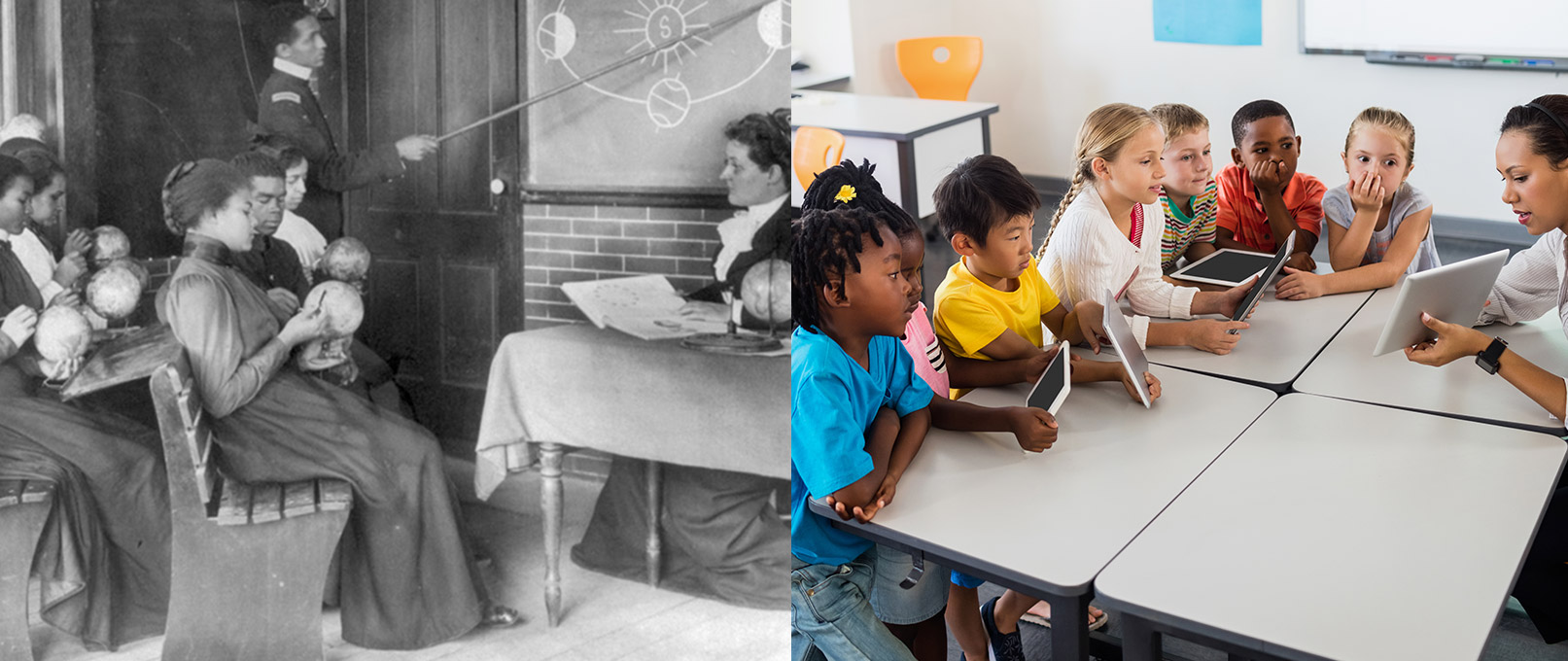The Power of Technology in Schools
We already know that every student learns differently; that to reach some kids, a more visual approach will work better than an auditory one, and for others, a tactile experience is paramount. The assumption that all students absorb information and have their imaginations sparked in the same way isn’t worthy of argument. Yet we’re still a long way from offering truly personalized learning to each budding scholar who passes through our elementary and secondary schools.
Technology is the single most important catalyst in bringing personalized learning to scale in the American K-12 education system. It increases access that students have to diverse courses, differentiated instruction, and modern learning environments. Educators use hardware, software, assistive technology, and edtech tools to meet learners where they are in their learning pathway and deliver customized, tailored content to them. Students use technology to connect with one another, collaborate, and to increase their exposure to classes of interest.
Also, digital tools can be used to assess individual growth, manage grades, and even deliver social-emotional resources geared toward students’ personal well-being. One example: a former school psychologist who was driven to serve the needs of more students than her caseload allowed created an online platform to reduce suspensions, expulsions, and to proactively predict suicide attempts among high school students. Now that is impressive and much needed!
According to Education Superhighway, 96% of schools in our country have the minimum requirements for Internet connectivity. However, that doesn’t mean that districts, schools, or educators are using it to the fullest of their abilities. There are many reasons for this, including limited time, funding constraints, apprehension of adopting innovation in schools, and lack of staff training. This is why having a robust discussion around how and why technology can transform the teaching-learning process, thereby bringing classrooms into the 21st century, is of critical importance. In his education manifesto Stop Stealing Dreams, Seth Godin writes, “Technology has the potential to break down the ‘measure, obey, stifle’ paradox in schools today.” No truer statement can be said.

